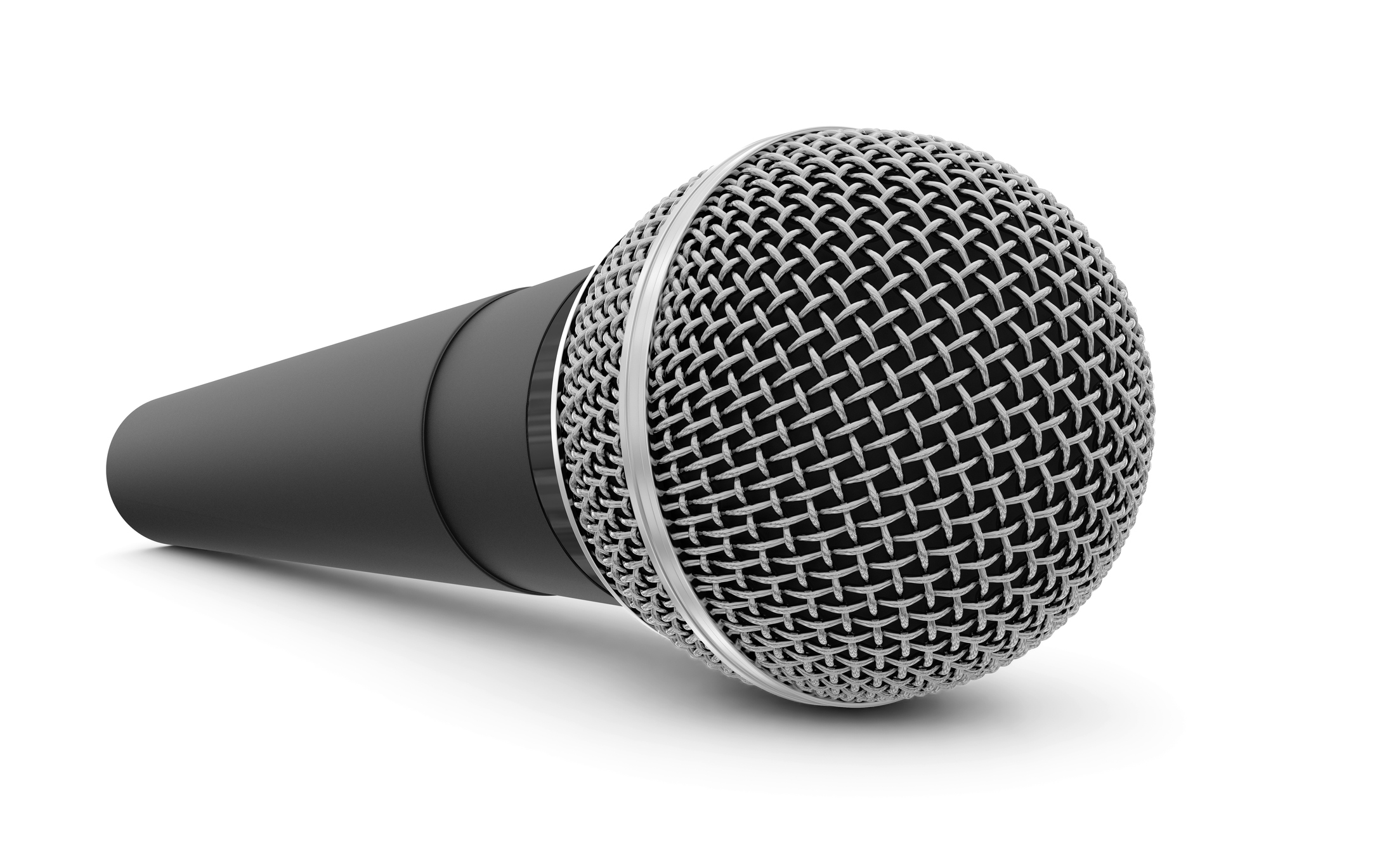
WASHINGTON—The FCC today voted to allow the use of a new, more spectrally efficient wireless microphone technology within the broadcast TV spectrum. Wireless Multi-Channel Audio Systems (WMAS) uses spectrum more efficiently than currently available narrowband microphones, meaning more microphones can be used without allocating more airwaves. The rules will permit WMAS to operate on a licensed or unlicensed basis, while preserving the existing spectrum rights of others that share those frequencies.
The protocol is backed by some of the industry’s largest mic manufacturers including Shure and Sennheiser. The NAB also backs the adoption of the protocol (with certain restrictions).
“WMAS is more spectrally efficient and affords greater protection for all users of the spectrum than conventional narrowband microphones,” Sennheiser told the FCC last week. “Events and studios that currently require multiple TV channels to operate their audio equipment will be able to condense the number of TV channels they require through a WMAS, in many cases reducing the required number of channels to a single channel.
"A single WMAS can operate, on average, between 48 and 64 wireless microphones with professional sound quality and latency in a single TV channel, as compared to the multiple channels that would be required to operate a similar number of conventional, narrowband microphones with the same level of audio quality.”
In addition to TV, radio and film studios, wireless microphones—which operate under the FCC’s technical rules for Part 74 low-power auxiliary station devices and Part 15 unlicensed devices—are used in other settings including theaters and music venues, educational institutions, conventions, corporate events, houses of worship, and internet webcasts. The new rules will allow WMAS to operate in the broadcast TV bands and 600 MHz duplex gap on both a licensed and unlicensed basis, and in other Part 74 LPAS frequency bands on a licensed basis.
WMAS will enable more wireless microphones to operate in the spectrum available (i.e., more microphones per megahertz of spectrum), which provides additional options when more microphones are needed, according to the commission. The rules do not alter the existing spectrum rights or expectations regarding spectrum access and availability for other authorized users that share the frequency bands with wireless microphone operations (including, for example, broadcast licensees, Wi-Fi, and white space device users).







